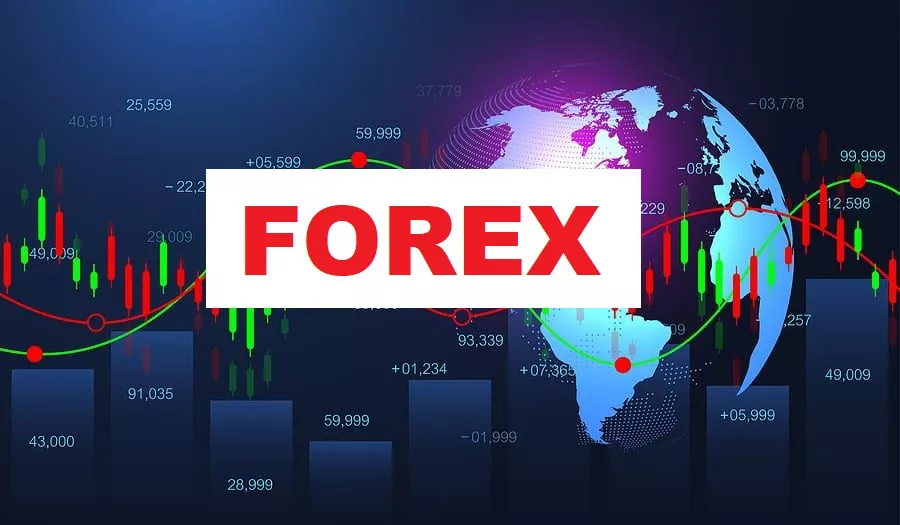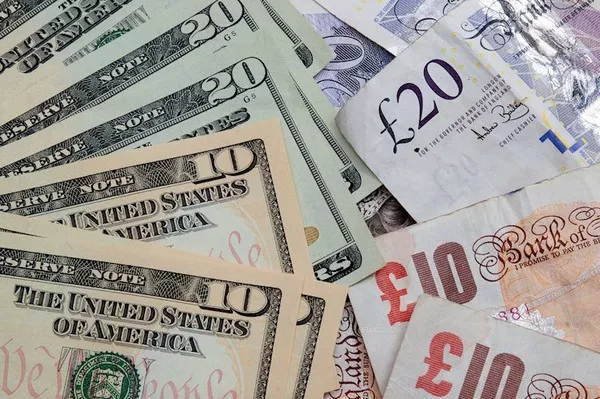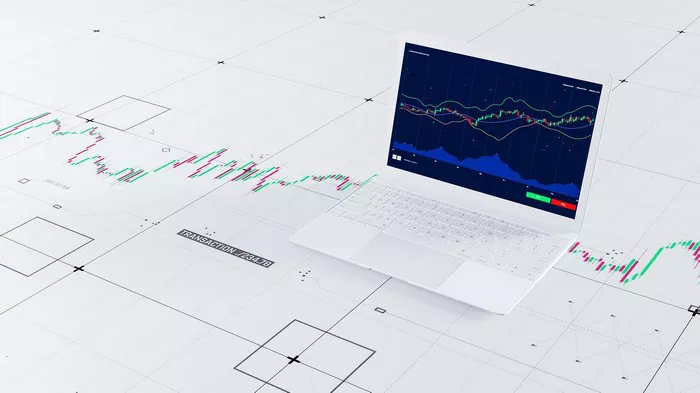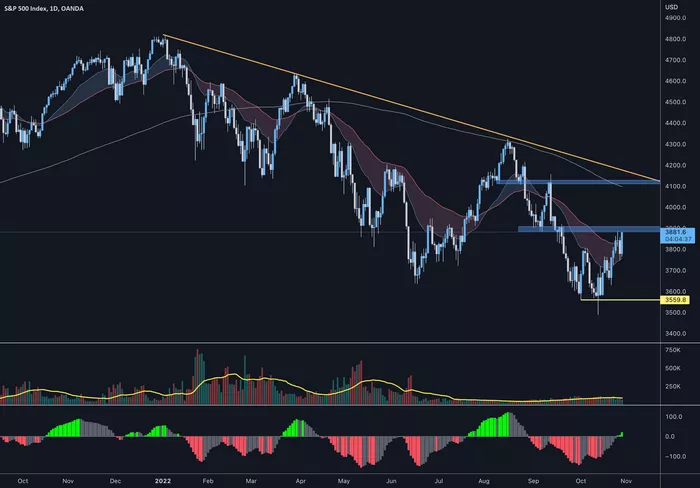The Forex market is the world’s largest and most liquid financial market. It operates worldwide and allows traders to exchange one currency for another. Unlike the stock market, which strictly follows trading hours and observes weekends and holidays, the Forex market operates almost non-stop during the weekdays. Although the Forex market operates 24 hours a day, five days a week, there are still a limited number of open days in a year.
Many traders – both beginners and professionals – often ask: How many Forex trading days are there in a year? Knowing this question can help you better plan your strategy, evaluate your trading performance, and schedule your trading schedule. This article will explain the concept of Forex trading days in a professional and simple way.
What is a Forex Trading Day?
A Forex Trading Day is any weekday (Monday through Friday) when the Forex market is open for trading. The market begins trading at 5:00 PM (ET) every Sunday (when the Asian trading session opens) and closes at 5:00 PM (ET) on Friday (when the New York trading session ends). However, Saturday and Sunday are considered non-trading days, except for rare special events or system testing.
Due to the overlap of trading sessions around the world, every trading day provides 24-hour access to the currency markets. But while the Forex market is known for being open almost all day, trading is still suspended due to weekends and public holidays, reducing the total number of trading days.
Theoretical Maximum: 365 Days
A standard year has 365 days (and 366 days in a leap year). But Forex trading is not available every day. Let’s take a closer look at how weekends and holidays affect the total number.
Weekends: Markets Closed
Forex markets are closed on Saturdays and Sundays. This is a global standard. Although the Forex market is decentralized and not tied to a single exchange, all major trading centers are closed on weekends.
There are 52 weeks in a year.
There are 2 non-trading weekends per week (Saturday and Sunday).
Therefore, 52 weeks × 2 days = 104 non-trading days due to weekends.
This reduces the theoretical trading days from 365 days to:
365 – 104 = 261 trading days (non-leap year).
In a leap year, there are 366 days:
366 – 104 = 262 trading days.
Public Holidays and Their Impact
While the Forex market is open on most public holidays, trading volumes may be very low and some liquidity providers may not be online, resulting in lower volatility or wider spreads. However, there are only a few holidays that result in trading being completely closed or severely restricted.
Major Holidays That May Affect Forex Trading
New Year’s Day (January 1)
Good Friday (varies each year in March or April)
Christmas Day (December 25)
Boxing Day (December 26) – trading restrictions in some areas
Thanksgiving (fourth Thursday in November) – low trading volume
Labor Day (first Monday in September – USA)
Note: Forex platforms are open as usual on most holidays, but trading volume is extremely low. Some brokers may close early or suspend trading on certain currency pairs.
How many holidays affect trading each year?
On average, there are about 5 to 7 days per year with severe disruptions or complete closures. Although these days are not officially counted as non-trading days, they often result in very limited trading opportunities, especially for day traders.
Therefore, from the 261 theoretical trading days, we can subtract approximately:
5 to 7 trading days with low trading volume or affected by holidays.
The result is that:
There are approximately 254 to 256 active forex trading days per year.
Trading Sessions and Global Hours
Though the number of days is limited, the forex market is unique because it is open 24 hours per day, thanks to overlapping global trading sessions. These sessions keep the market active during each trading day.
Major Forex Trading Sessions
Sydney Session: 10 PM to 7 AM GMT
Tokyo (Asian) Session: 12 AM to 9 AM GMT
London Session: 8 AM to 5 PM GMT
New York Session: 1 PM to 10 PM GMT
These sessions overlap during certain hours, creating high liquidity periods, especially during the London–New York overlap, which is often the most active time of day.
Even though each trading day is 24 hours long, traders must still be aware of session-specific activity, as certain currency pairs are more active during their corresponding regional sessions.
Why Knowing the Number of Trading Days Matters
Understanding the number of forex trading days in a year can help you in several ways:
1. Planning Your Trading Strategy
Knowing when markets are open or closed helps you:
Plan entry and exit points
Avoid low-liquidity periods
Take advantage of high-volatility sessions
2. Performance Tracking
Professional traders often evaluate performance based on monthly and yearly trading activity. For example, if your goal is to make 1% return per trading day, knowing that you have around 255 trading days lets you aim for a yearly compounded return.
3. Backtesting Accuracy
When developing trading algorithms or backtesting strategies, using the correct number of trading days ensures your data reflects real market conditions. Assuming 365 trading days would misrepresent your strategy’s results.
4. Risk Management
If you understand how many trading days are available, you can:
Spread your risk across time
Avoid overtrading during short weeks or holidays
Adjust your position size during low-volume days
5. Vacation and Rest Planning
Since trading every day can be exhausting, knowing the active trading calendar lets you schedule:
Time off during low-activity weeks
Breaks during major holidays
Time for system maintenance or reflection
Forex Trading in Leap Years
In a leap year, we have 366 days, with 104 weekends, resulting in 262 potential trading days. The number of holiday-impacted days remains similar (around 5 to 7), so the effective trading days would be about 255 to 257.
While the increase of one extra trading day in a leap year is not significant, some traders may still adjust performance goals or schedules accordingly.
Forex Trading vs. Stock Market Trading Days
Forex has more trading days than most stock exchanges, which usually operate Monday to Friday but observe more holidays. For example:
The NYSE typically has around 252 trading days per year.
The London Stock Exchange averages around 250 trading days.
Forex offers more flexibility and access, especially for international traders in different time zones. The lack of a centralized exchange allows forex to remain open during hours when stock markets are closed.
FAQs About Forex Trading Days
Q1: Can I trade forex on weekends?
No, forex trading is closed from Friday 5 PM EST to Sunday 5 PM EST. Some brokers offer weekend trading for crypto, but not for traditional currency pairs.
Q2: Is forex open on public holidays?
Yes, the platform is usually open, but trading activity is very low. Some holidays (like Christmas or New Year’s Day) may see no trading at all.
Q3: How do brokers handle holidays?
Many brokers:
Publish a holiday trading schedule
Adjust spreads or liquidity settings
Disable some trading instruments temporarily
Always check with your broker ahead of time.
Q4: Are there trading days with lower volatility?
Yes. Forex tends to be quieter during:
Holiday weeks (Christmas, New Year)
Late August (summer vacation in Europe)
Post-holiday Mondays
Volatility and volume may also dip during Asian sessions, especially for pairs not involving JPY, AUD, or NZD.
Tips for Navigating the Forex Trading Calendar
Use an economic calendar to track key trading days and events.
Mark public holidays in your region and those of major economies (U.S., UK, EU, Japan).
Be cautious during low-volume periods, especially around holidays.
Avoid holding high-risk positions during weekend gaps, as markets can open with price jumps on Sunday.
Consider adjusting your trading goals to reflect the actual number of effective trading days.
Conclusion
So, how many Forex trading days are there in a year? On average, there are approximately 254 to 256 trading days per year, depending on holidays and whether it is a leap year. While the market is open 24 hours a day on weekdays, it is closed on weekends and trading volume is reduced during major holidays.
Understanding the trading calendar is essential for strategic planning, performance tracking, risk management, and system development. As a Forex trader – whether retail or institutional – it is imperative to make the most of the available trading days by being organized, well-informed, and prepared for seasonal patterns.
By understanding the rhythm of the Forex market year, you can improve your trading consistency and discipline, and ultimately succeed in one of the most dynamic financial markets in the world.




























